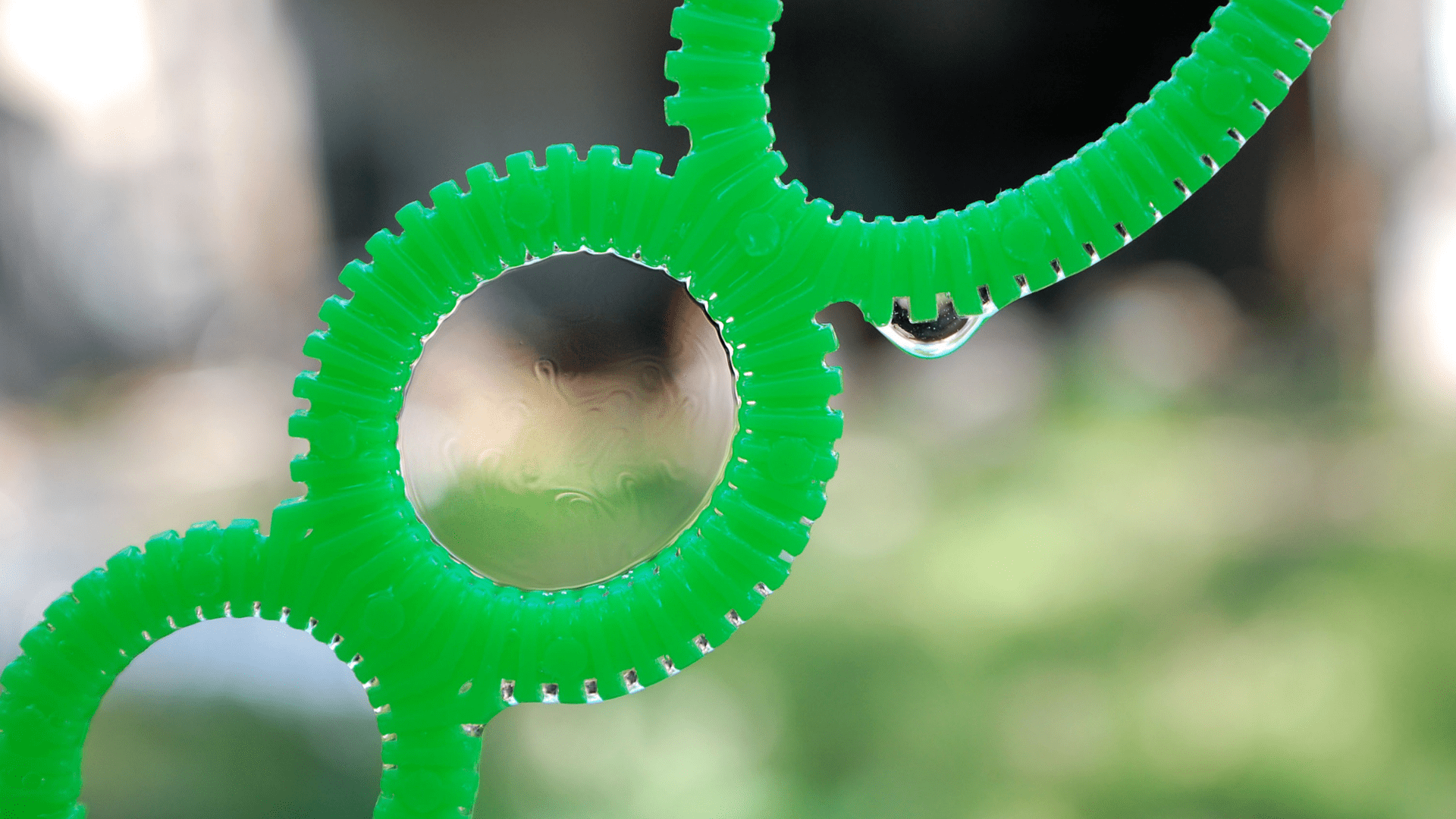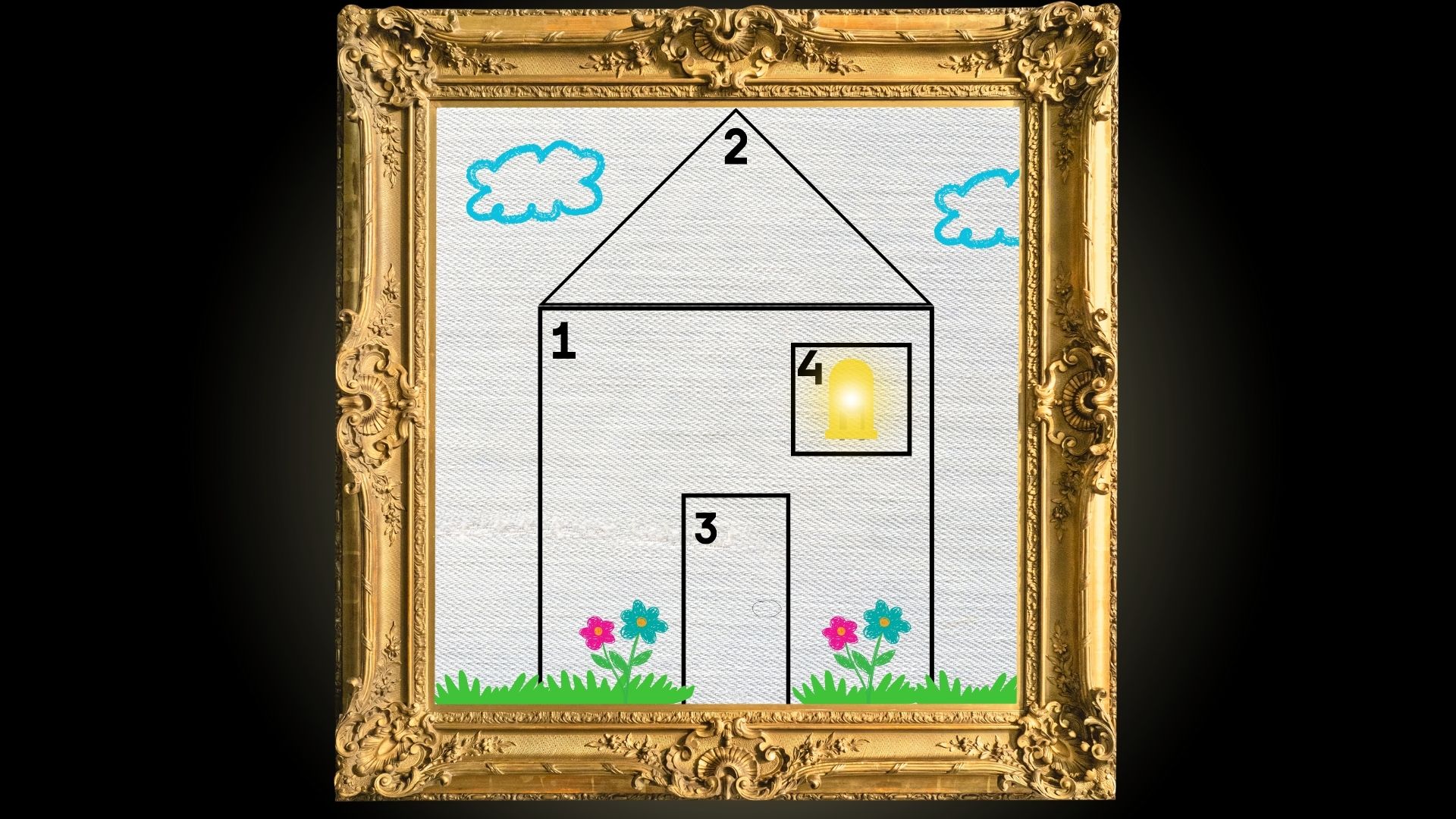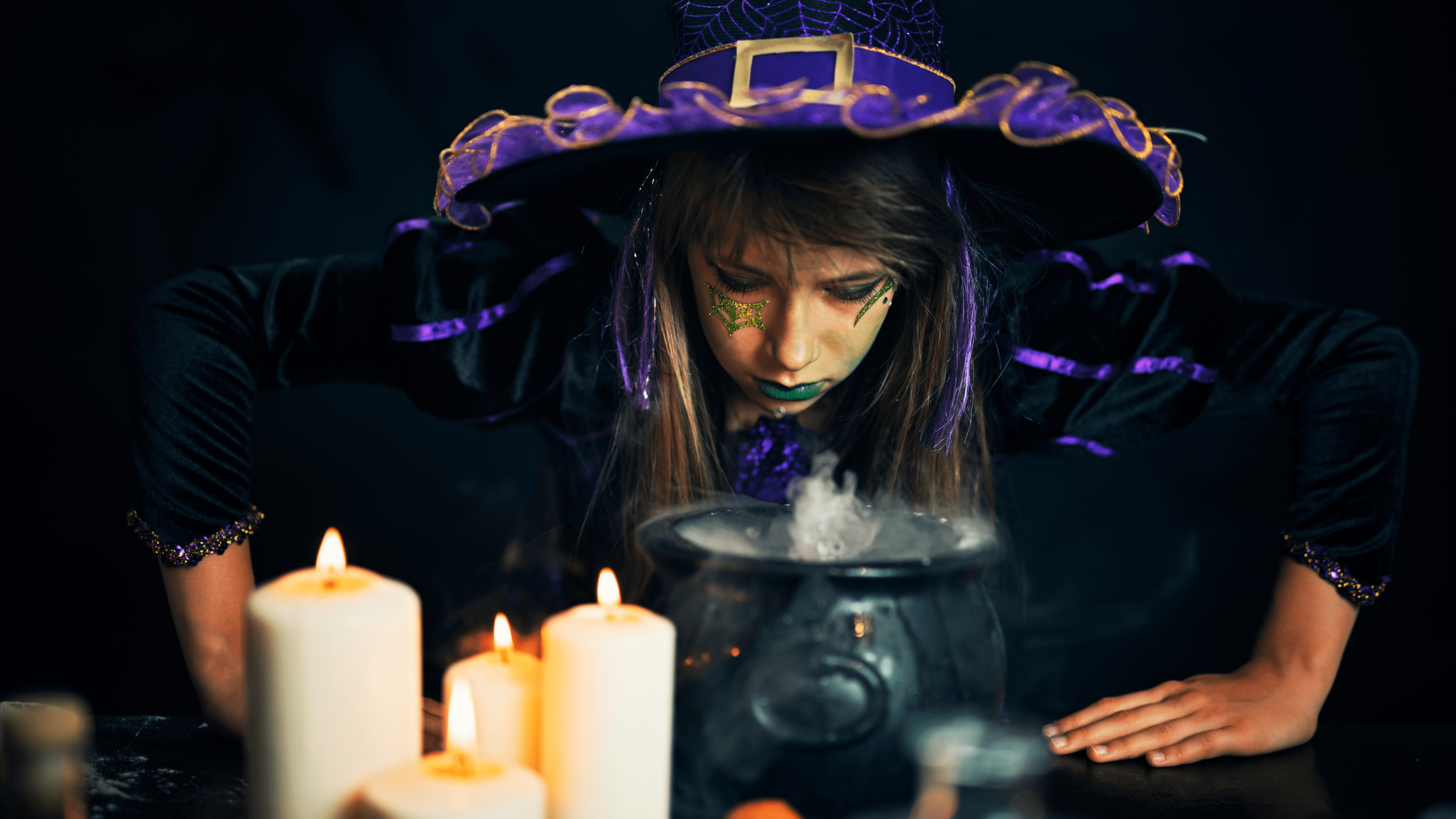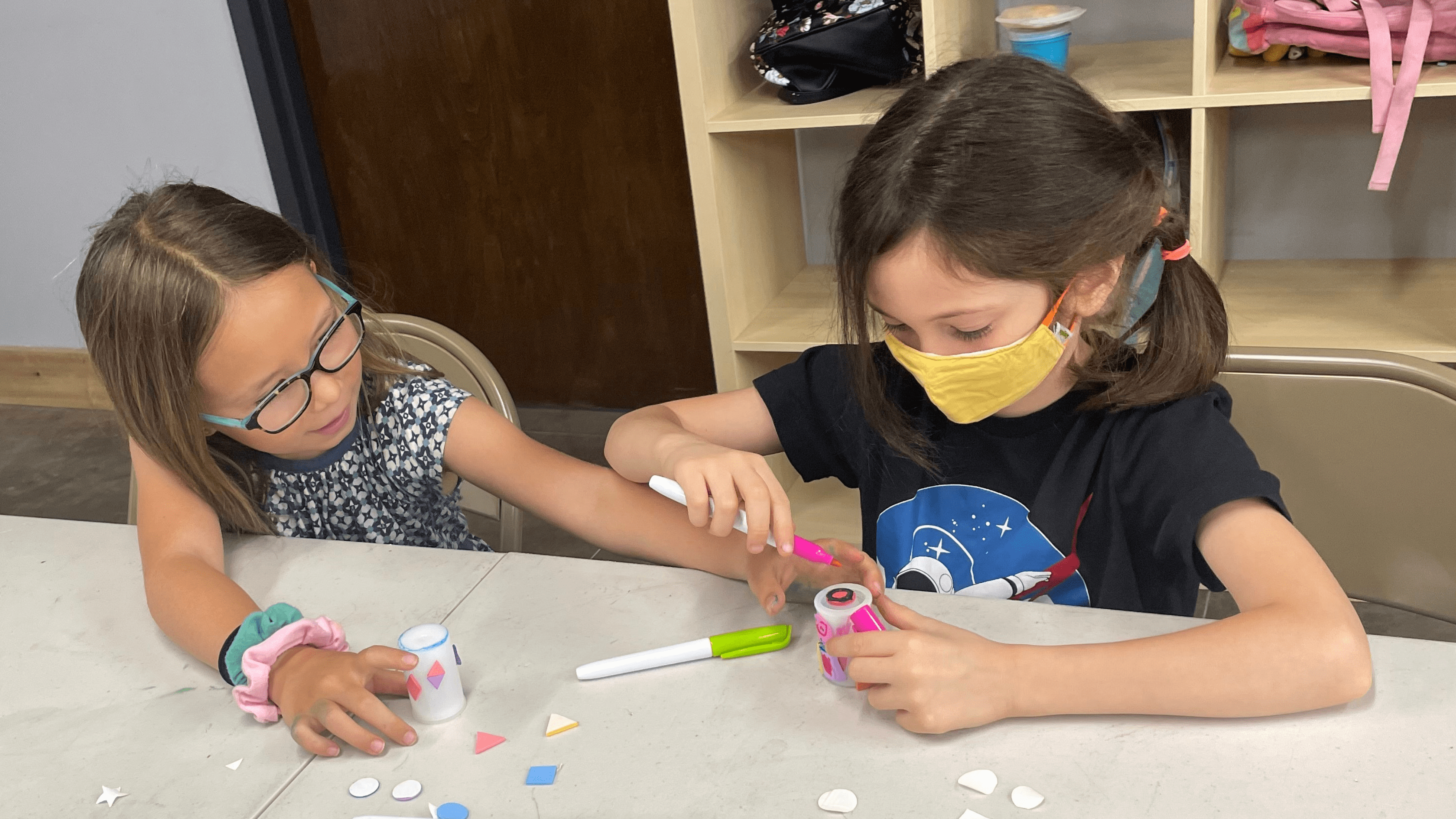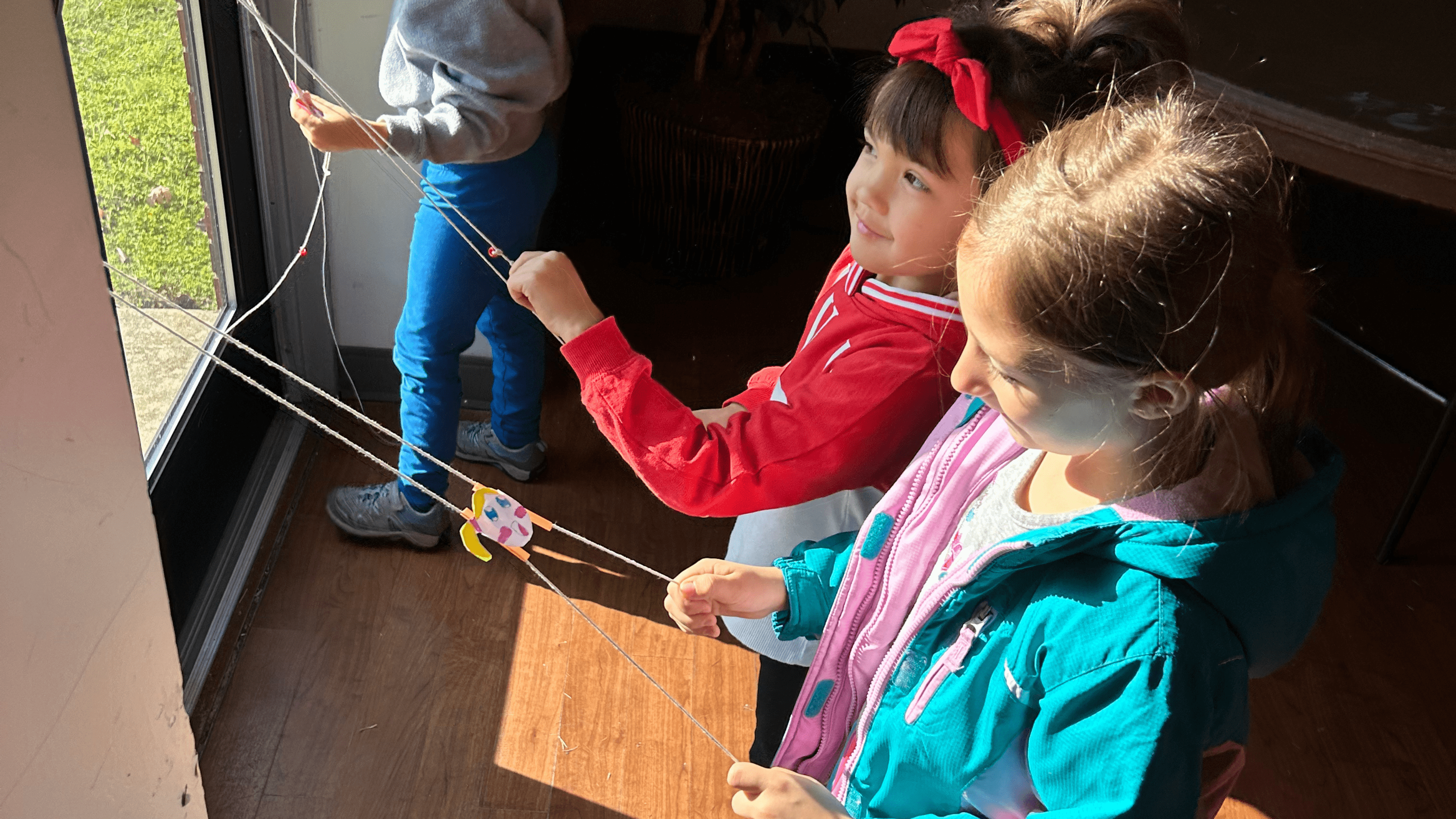We love bubbles (who doesn’t?!) and have noticed that there are so many different kinds of bubble wands! Ones with small openings, multiple openings, square openings – you name it, they exist. We’re using the scientific method to test different materials, shapes, and sizes when we build our own bubble wands, all in an effort to make the biggest and longest-lasting bubbles possible!
Ready to make this project at home or in your classroom? Watch the video for an overview, gather the materials listed at the right, and follow the instructions below! To complete this project, you’ll also need our scientific method and data collection printable.
